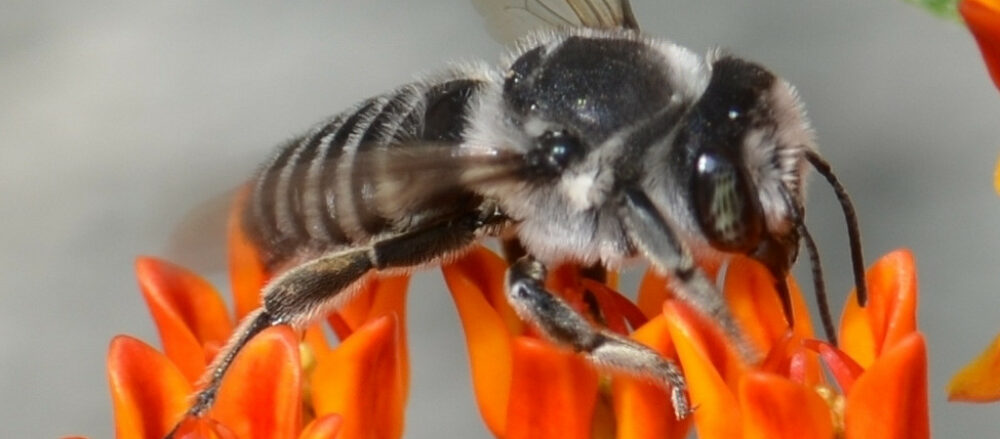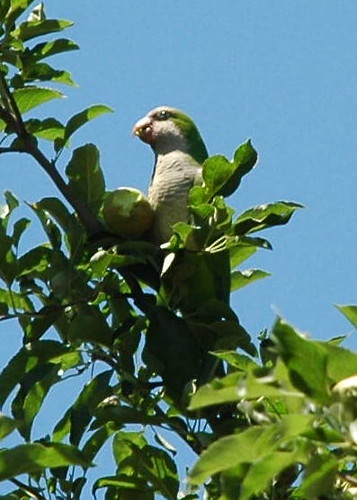As defined in U.S. Executive Order 13112 (Feb 3, 1999), an “invasive species” is:
1) non-native (or alien) to the ecosystem under consideration and
2) likely to cause economic or environmental harm or harm to human health.
Many, perhaps most (but not all) invasive plants were first introduced by gardeners as ornamental plants. For example, Ailanthus altissima, the Tree of Heaven, was cultivated as a shade tree. This is the “tree that grew in Brooklyn,” and the Brooklyn Botanic Garden even uses its image in its merchandise such as t-shirts and tote bags.
Not every plant which can become invasive is a risk in all areas. It helps to understand the ecological region and regime in which you garden and the threats to nearby natural areas. For example, the map of the Plant Provinces of North America in the BBG book Native Alternatives to Invasive Plants places New York City and Long Island in the province of Eastern Deciduous Forests rather than Coastal Plain Forests. Yet Long Island was built from millenia of glacial deposits; the area south of the southern terminal moraine – including most of Brooklyn – has more in common with coastal outwash plains than upland forests. Similarly, Brooklyn’s proximity to the ocean and the Gulf Stream moderates our temperatures compared to, say, the Bronx, the only borough on the mainland; our climate is a blend of Mid-Atlantic and New England as gardening goes.
Some states have taken the lead in making it illegal to sell, purchase, propagate or plant those species known to be invasive. Some gardeners, and nurseries, label such strategies “eco-fascism” and worse. I would support such legislation in New York, which has not yet joined the ranks of these states.
However, legislation should not be the sole strategy. Education must be a primary strategy. As gardeners, we can learn about the natural areas around us and the threats to them. We can avoid purchasing, propagating, planting or recommending plants known to be invasive. We can learn about alternative non-invasive or native choices for plants in our gardens. And we can educate others about these issues and possible solutions.
Mid-Atlantic
Kick the Invasive Exotic Gardening Habit with Great Native Plant Alternatives
National Arboretum
New England
Native Alternatives to Invasive Plants
University of Massachusetts at Boston
via Invasive Species Weblog
General
Native Alternatives to Invasive Plants (Excerpts from book)
Brooklyn Botanic Garden
Links

